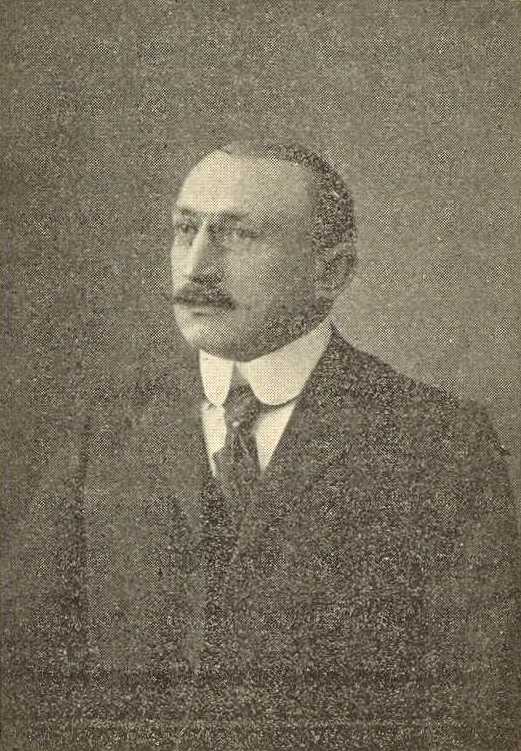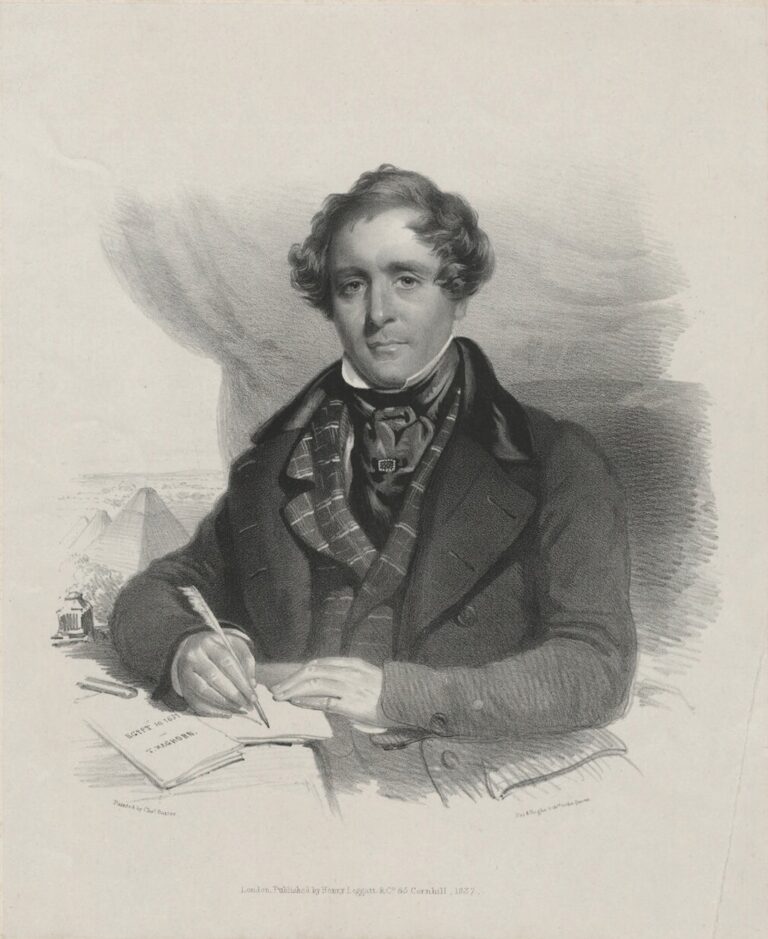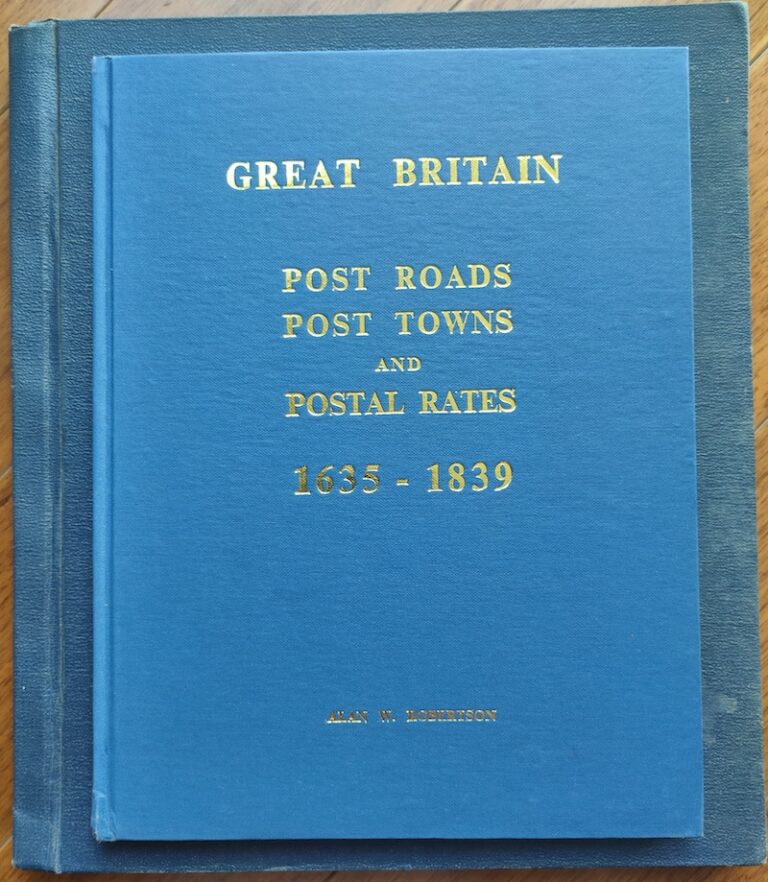I tried to learn German over many months last year, mainly from a philatelic perspective, but have not succeeded much. A few days back I wrote to Philip Robinson curious as to how he brought himself up to the level where he is translating long philatelic texts from German to English. Philip’s reply attached a short memoir which traced how his interest in the language was aroused and how he got into translating texts. The memoir contains a remarkable story of Anglo-German friendship; that British and Germans could develop so close a relationship especially so soon after a devastating war is astounding. I requested Philip if I could have his never-before published piece on this blog and he has graciously agreed. This is the first guest blog on this website.

I was born in 1948, in a little house on the edge of Sheffield, a city that still bore the scars and showed the dereliction of wartime bombing (Figure 2). I well remember in the 1950s going to town on the tram with my parents, sister and brother and seeing the gaunt remains of factories, houses, city-centre shops such as the large Burtons store, and St Philip’s church.

But this was also a time of reconciliation, and the prisoners-of-war who remained in “Camp 17” at Lodge Moor, Sheffield were being allowed out to mix with the local population. In December 1946 my grandfather John Arthur Whittles had happened to see an announcement in the newspaper. Any local people who were willing to invite two German prisoners-of-war for Christmas could do so. John had been a soldier in the First World War, and he remembered how, after the armistice, the former enemies had showed kindnesses to each other. He evidently thought to himself “Well, this war is over. A soldier is a soldier; these p.o.w.’s all have wives, mothers, children and are far from home”. And so he wrote to the camp commandant – and in due course Karl and Willi turned up at my grandparents’ house for Christmas.

A year or so later, Karl Fauser had become such a good friend of the Whittles and Robinson families that when I put in my appearance in April 1948 he was chosen as my godfather (Figure 3). Whenever I saw Karl in later years he always told me how surprised he was at the friendliness that he found in Sheffield – after all, the people had suffered during the war. He repaid this friendship many times, for example by bringing gifts that he had made himself in the camp workshop, or commodities that were rationed but more easily available to camp inmates. Then the time came in the summer of 1948 for Karl to return home to Ludwigsburg, but the contacts continued. In 1949 Karl and his wife Hilde came to stay with my grandparents in Sheffield, and the following year my grandparents and sister Valerie visited Germany.
I had to wait until 1965 to see Karl again, but I well remember as a schoolboy taking the low-price AJS (Arbeitsgemeinschaft Jugend- und Studentenreisen) special train to Germany for a three-week stay. I learned more German during my brief time there than in a year or more at school (to say nothing of the local Schwäbisch dialect – which my German teacher would complain about when I went back to school).
Further links with Germany followed in the later years; by the 1970s we had telephones and in 1974 we were first able to make direct-dial calls to Germany, and so I surprised the Fausers with a call “across the miles”. In 1977 Karl’s granddaughters Jacqueline and Jeannette visited us, and I re-visited Ludwigsburg later in in 1977, and again in 1981, 1984 and 1994.
Meanwhile, as a philatelist I had made contact in 1980, quite by chance via the Great Britain Philatelic Society, with Burkhart Beer. A keen philatelist and something of an Anglophile, Burkhart lived with his wife Brigitte and daughter Bettina in Monheim, a town on the Rhine halfway between Cologne and Düsseldorf. The following year, while touring Germany by train with my railway-enthusiast friend David, I visited the Beer family – this being the first of the 24 occasions when I signed the visitor’s book at Dachsbau 12!
So needless to say, Burkhart and I hit it off, and visits in both directions followed. In September 1982 I visited Germany again to show my line-engraved GB collection at meetings of the Forschungsgemeinschaft Groβbritannien in Düsseldorf and Stuttgart, and in the 1980s I showed my GB stamps and early Siberian postal history at local and regional exhibitions in Düsseldorf, each time receiving a Gold medal.

Meanwhile, my interest in Siberia had begun with a journey along the Trans-Siberian Railway in 1978. At first I simply studied this part of the world – its history, geography, ecology etc., and collected books on Siberia. But a chance purchase in 1980 of the first issue of “Stamps” magazine was fortuitous. Therein was an article on Imperial Russian railway postmarks by the late Rev. Leonard Tann, which included some illustrations of Siberian railway marks. This made me realise that my interest in Siberia could be developed philatelically. Another fortuitous event was a chance contact, via the philatelic literature dealer Harry Hayes, with a Russian philatelist, Anatoly Kiryushkin. By 1994 I had written and published two editions of Siberia: Postmarks and Postal History of the Russian Empire Period, had co-written with Anatoly Kiryushkin Russian Postmarks and Russian Railway Postmarks, and had made other contributions to Russian philatelic literature. This led indirectly to more links with Germany, as I began to visit German collectors of Russia, and to attend meetings of Russia collectors in Germany. And as time went on, the name Harry von Hofmann (Figure 4) repeatedly turned up in the context of Russian philately in Germany.

In 1993 Harry had written and published ‘ЗAKAЗHOE – Recommandirt’, the first book on Imperial Russian registered mail, an excellent study. Although it was in German, I was aware that many English-speaking collectors had purchased it, as they could learn much from the illustrations alone. How much better it would be, I thought, if they could read the book. I decided to translate the text into English, so that I could then place copies of the translation in specialist philatelic society libraries. The book seemed to be so predominantly composed of high-quality illustrations that surely it could not be too hard a task to translate the text. In fact the English translation ran to some 30,000 words, but I plodded on doggedly until I had translated the whole book (Figure 4). Meanwhile, halfway through the work, it occurred to me that perhaps it would be a good idea to tell Herr von Hofmann what I was up to.
I wrote to Hamburg in my best German (made better with Burkhart’s help) and in due course received a reply. Harry was interested in my project, and in the course of his beautifully-worded letter in “High German” of the highest calibre, he mentioned some German philatelic/postal words and phrases that might “challenge” a translator. Some were indeed difficult, but I came up with translations which seemed to please my new-found friend at Hartmutkoppel 2. In due course Harry was so keen to make the English text of the book available to readers that he published it separately as a non-illustrated booklet.
Harry now of course had more time for philately, and during the course of my visit he told me “I am preparing another book, on Latvian postal stationery. Perhaps this could be published bilingually in German and English”. What transpired in the long run was that during the next two decades I translated another ten of Harry’s works on Baltic philately into English, comprising over 400,000 words. This of course enabled the books to be published bilingually, and so reach a wider readership. It also must have improved my knowledge of “philatelic German”!
An invitation to Hamburg followed and thus I was able to meet Harry and his lovely wife of many years, Annelore. They had come to war-torn Germany in the 1940s as refugees from the Baltic German community. Under the “secret protocol” of the Moltov-Ribbentrop non-aggression pact, ethnic Germans had been expelled from their ancestral homelands in the Baltic States in 1939-1941. Harry and Annelore had spent the war years as youngsters in Poland, and after a very difficult beginning had made a new life for themselves in the German heartland. Having met at a refugees’ social event, and having married in 1958, they now had grown-up children and grandchildren and were enjoying well-earned retirement at Rissen, just outside Hamburg.
As time went on it became more clear to me that people with the ability to translate philatelic German into English – with all its specialised terms such as Nachnahmegebühr, Kreuzbandsendung and Annahmestempel – are few in number. And so it was perhaps not surprising that the telephone began to ring, or emails arrive, with requests to translate German philatelic texts. For example, I helped with the English translation of Theo Brauers’ book on scarce Victorian stamps on cover, and the English translation of the book Die Erfindung der Briefmarke about the “Prussia find”. The end result is that I seem to have become a German-English philatelic “wordsmith”, and I am more than pleased to be able to help the English-speaking philatelic community to understand and appreciate some of the high-quality philatelic literature that is published in Germany.
This story began with an account of “humanitarian” efforts towards Anglo-German understanding and cooperation in the post-war period. I hope that in a very small way I have been able, in recent decades, to pursue a similarly worthwhile course of action in regard to philatelic literature.
Translations
zweite Heimat = second homeland
Forschungsgemeinschaft Groβbritannien = Great Britain Study Group
Nachnahmegebühr = Cash on delivery fee
Kreuzbandsendung = Newspaper wrapper
Annahmestempel = Acceptance mark
Die Erfindung der Briefmarke = The invention of the postage stamp






